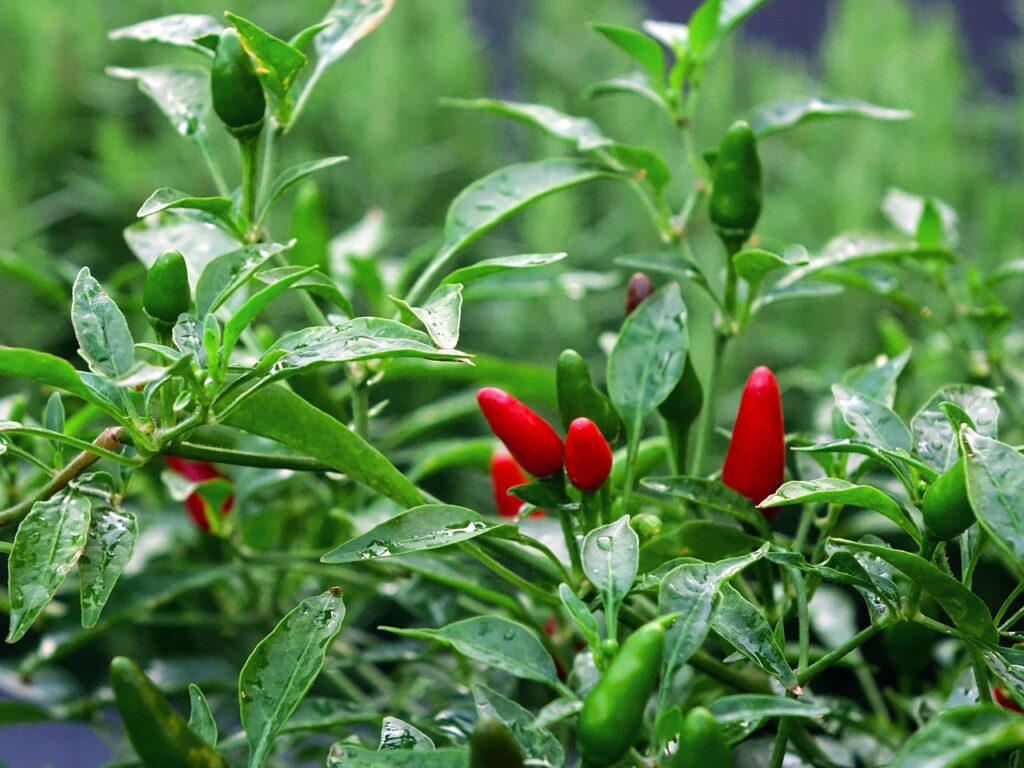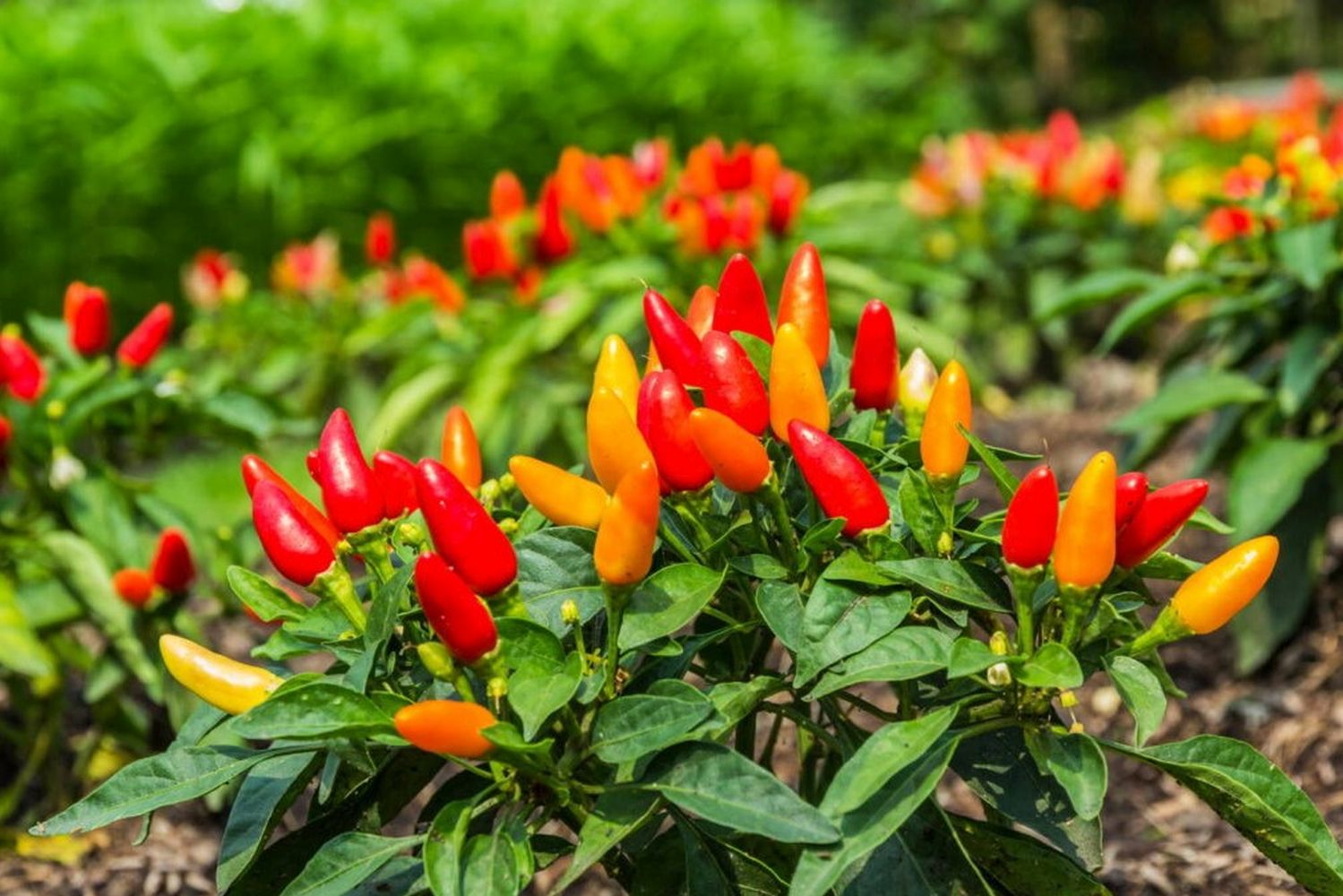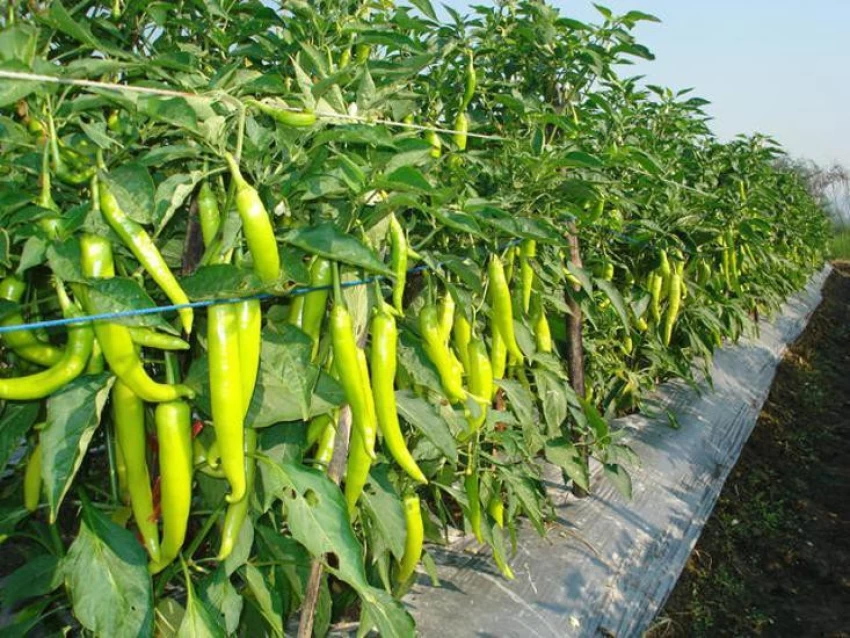Chilli Nursery : Increase your chilli production with our essential tips for setting up a successful nursery. Find out how to optimize conditions for healthy plants and abundant harvests.
These tips will be useful in setting up chilli nursery, plants will remain healthy with the use of these fertilizers.
To get good yield in chilli cultivation, farmers should have complete information about it. For chilli cultivation, a temperature of 15 to 35 degrees is required. Hot and humid climate is considered good for this.

Chilli cultivation is very profitable, because its demand always remains and it also gives good profits to the farmers. Chilli is cultivated throughout the year in different parts of the country. It is used as a spice in the kitchens of all homes in the country.
In India, chilli is mainly cultivated in Andhra Pradesh, Karnataka, Maharashtra, Orissa, Tamil Nadu, Madhya Pradesh, West Bengal and Rajasthan.
To cultivate chilli, there should be adequate drainage system in the field. Chilli crop cannot tolerate excess water. Besides, the amount of carbon content in the soil should also be high. Good yield can be achieved from this.
To get good yield in chilli cultivation, farmers should have complete information about it. For chilli cultivation, a temperature of 15 to 35 degrees is required. Hot and Humid climate is considered good for this. Its harvest period is 130-150 days.
To cultivate it, farmers should choose improved varieties of seeds. This improves the yield. There are some advanced varieties of chillies like Kashi Vishwanath, Kashi Anmol, Jawahar Mirch, Hey Hari Mirch, by cultivating which farmers can earn good income.
Table of Contents
Information Table
| . | Botanical Name | Capsicum Annum |
| . | Family | Solanaceae |
| . | Origin Place | Mexico |
| . | Major Chill Producing Country in the World | China |
| . | India is the Major Producer and Exporter of Chilli | |
| . | Major Chilli Growing period In South India | June – October |
| . | Pungency in Chilli caused by | Capsaicin |
| . | Major Varieties | Arka Mohini Arka Gaurav Agani Yellow Wonder |
How To Manage Nursery

To get good yield in chilli cultivation, its nursery should be managed well. This makes its plants healthy. Besides, the yield is also good. To prepare chilli plants, one should choose such a place where adequate amount of sunlight comes.
To prepare the plants, seeds should be sown in beds. The size of the bed should be three by 1 meter. Also, the height of the bed should be 20 centimeters.
While preparing the nursery, in addition to two to three baskets of vermicompost or rotted manure, 50 grams of phosphate should be mixed in the soil of the bed.
One day before sowing the seeds in the bed, Carbendazim mixed with 1.5 grams per liter of water should be sprayed in the bed. Next day, half to one cm deep drains should be made in the bed and seeds should be planted in it. The distance given between two drains should be five cm.
- How to Plant Bougainvillea by Cuttings: A Step-by-Step Guide
- Rose Care Tips
- How to Care of Money Plant: A Complete Guide
- How to Grow Poinsettia at Home: A Complete Guide
- Agriculture Budget 2025
How To Mix Fertilizers in Chilli Nursery

If indigenous variety seeds are being cultivated for planting chilli, then 500 grams of seeds per hectare are required whereas for preparing hybrid varieties, 200-225 grams of seeds per hectare are required for preparing the nursery.
Chilli planting can be done in any season. But mainly it is cultivated in Kharif season which is ready between June to October. Before using fertilizers in chilli cultivation, the soil must be tested.
Fertilizer should be applied on this basis only. While preparing the field for its planting, 200-250 quintals of rotten cowdung manure or 50 quintals of vermicompost should be mixed per hectare. Apart from this, nitrogen, phosphorus and potash should be used.
- Agriculture
- Business
- Education
- Floriculture
- Horticulture
- Jobs
- Latest News
- Success Story
- Technology
- Vegetables

